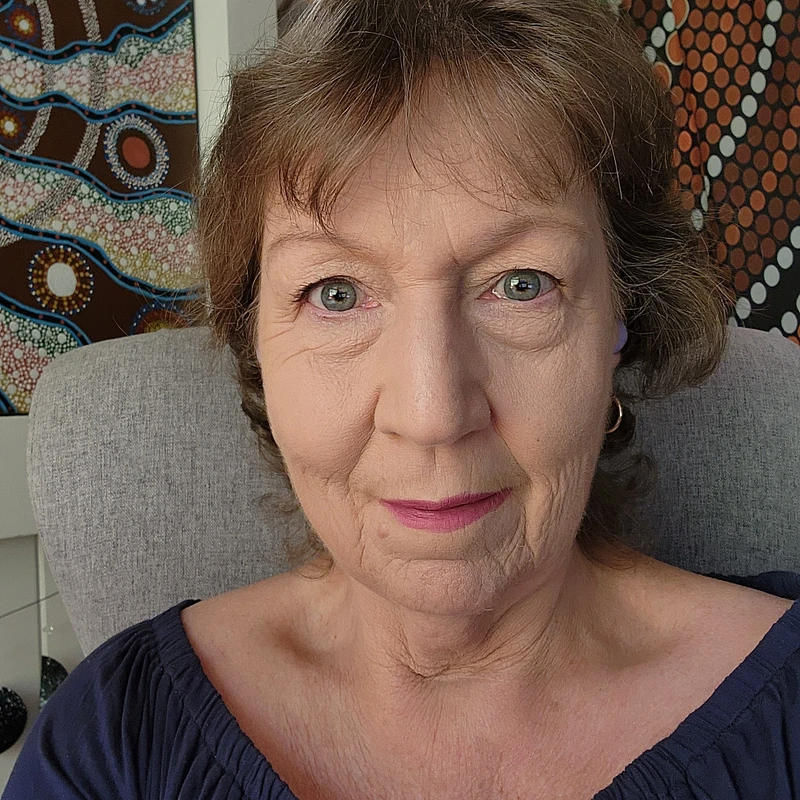Unlocking Inner Harmony with Internal Family Systems
- Karen Moran

- Aug 4
- 4 min read
Finding peace within ourselves can sometimes feel like chasing a distant horizon. When struggling with addictions or autoimmune conditions, the journey to well-being often seems overwhelming. Yet, there is a gentle, effective way to navigate this path - through inner harmony methods that help us understand and heal the many parts inside us. One such approach is the internal family systems model, which offers a fresh perspective on self-healing.
Discovering Inner Harmony Methods for Healing
Healing is not just about fixing what’s broken. It’s about listening to the different voices inside us and helping them work together. Inner harmony methods focus on this idea. Imagine your mind as a family, with each member having a unique role. Some parts protect you, some hold pain, and others carry hope. When these parts are in conflict, it can create stress, anxiety, or physical symptoms.
By learning to recognize and communicate with these parts, you can bring them into balance. This balance is what we call inner harmony. For example, if a part of you feels the urge to use substances to escape pain, another part might be trying to keep you safe by avoiding triggers. Understanding both sides helps you make choices that support your well-being.
Here are some practical steps to start using inner harmony methods:
Identify your parts: Notice different feelings or thoughts that seem to come from different places inside you.
Listen without judgment: Allow each part to express itself without trying to push it away.
Find the protector: Many parts act as protectors, even if their methods are harmful. Thank them for their efforts.
Invite your core self: This is the calm, compassionate part of you that can guide healing.
Practice regular check-ins: Spend a few minutes each day connecting with your inner family.
These steps can be done alone or with the support of a therapist trained in these methods.

How Inner Harmony Methods Support Recovery and Wellness
When dealing with addictions or autoimmune conditions, the body and mind often feel out of sync. Inner harmony methods help bridge this gap by addressing emotional wounds that may trigger physical symptoms or cravings. For instance, chronic stress can worsen autoimmune flare-ups. By calming the inner turmoil, you reduce stress and support your body’s healing.
Addiction recovery benefits from this approach because it treats the whole person, not just the behaviour. Instead of fighting urges, you learn to understand the parts that create them. This reduces shame and builds self-compassion, which are crucial for lasting change.
Some ways inner harmony methods enhance recovery include:
Reducing internal conflict: Less fighting inside means more energy for healing.
Building self-awareness: Knowing your triggers and responses helps you plan better coping strategies.
Strengthening resilience: Compassionate self-connection boosts your ability to face challenges.
Encouraging self-care: When you listen to your needs, you naturally take better care of yourself.
Try journaling about your inner parts or using guided meditations focused on inner harmony. These tools can deepen your connection and make healing feel more manageable.

What is the controversy with IFS?
While many find the internal family systems approach transformative, it is not without debate. Some critics question whether viewing the mind as multiple parts oversimplifies complex psychological issues. Others worry that focusing too much on internal dialogue might delay addressing external factors like social support or medical treatment.
There is also discussion about the scientific evidence supporting this method. Although many therapists report success, more large-scale studies are needed to fully validate its effectiveness. Some practitioners caution that IFS should be part of a broader treatment plan, not a standalone cure.
Despite these concerns, many people have experienced profound healing through this approach. It offers a hopeful, compassionate way to understand ourselves that complements other therapies. If you are curious, consider exploring it with a qualified guide who can help you navigate the process safely.

Practical Tips to Begin Your Inner Harmony Journey
Starting with inner harmony methods can feel new and unfamiliar. Here are some simple, practical tips to help you begin:
Set aside quiet time: Even 5-10 minutes a day can make a difference.
Create a safe space: Find a comfortable spot where you won’t be disturbed.
Use gentle curiosity: Ask yourself, “What part of me is speaking right now?”
Name your parts: Giving them respectful names or images can make them easier to understand.
Practice self-compassion: Remind yourself that all parts want to help, even if their ways seem confusing.
Remember, this is a journey, not a race. Be patient with yourself as you learn to listen and heal.
Embracing Lasting Peace and Well-Being
Healing from addictions and autoimmune conditions is a deeply personal process. IFS methods offer a gentle, effective way to reconnect with yourself and find balance. By understanding the many parts within, you can unlock a new level of peace and resilience.
If you want to explore this approach further, consider using two free sessions.
Your inner family is waiting to be heard. When you open the door to them, you open the door to lasting well-being.
Take the first step today. Your path to inner harmony is closer than you think.


Comments